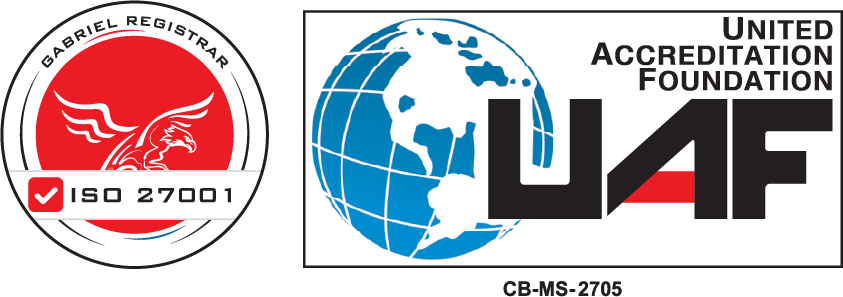The NVD Disruption: Navigating Through Uncertainty in Cybersecurity

The NVD Disruption: Navigating Through Uncertainty in Cybersecurity
In recent weeks, a significant disruption has unfolded at the US National Institute of Standards and Technology (NIST), impacting its National Vulnerability Database (NVD) and, by extension, the global cybersecurity landscape. The NVD, a cornerstone in the cybersecurity defense mechanisms of organizations worldwide, has faced unprecedented delays and gaps in its analysis of Common Vulnerabilities and Exposures (CVEs) since February 12, 2024.
The Heart of the Issue
The NVD’s analysis process has nearly ground to a halt, with a staggering 42% of CVEs lacking critical metadata such as severity scores (CVSS) and affected product information. This hiatus in analysis not only leaves over 2,400 entries unenriched but also poses a direct threat to organizations that rely on this database for vulnerability prioritization and remediation. The absence of timely data hampers their ability to make informed decisions regarding patch management and risk mitigation strategies, significantly increasing their vulnerability to potential breaches.
Understanding the Crisis & Its Repercussions
The NVD’s role in cybersecurity cannot be overstated. It is the linchpin in the vulnerability management ecosystem, providing critical metadata for CVEs that inform patch management, risk mitigation, and security strategies globally. The recent hiatus in analysis has led to a chilling reality: a significant portion of CVEs remain untagged with crucial information such as severity scores (CVSS) and affected product details. This gap handicaps organizations in their quest to prioritize vulnerabilities and shield themselves from potential breaches.
Organizations are left blind to the specific products and systems impacted by vulnerabilities, complicating their ability to defend against threat actors efficiently. This challenge is compounded by the NVD’s lack of communication regarding the sudden change, leaving stakeholders to speculate on the reasons behind the establishment of an unspecified “consortium” and the potential replacement of Common Platform Enumerators (CPE) with new standards.
As the cybersecurity community grapples with these challenges, the need for a systematic approach to vulnerability management becomes increasingly apparent. Continuous Threat Exposure Management (CTEM) emerges as a critical strategy in this context, offering a programmatic approach to continuously identifying, prioritizing, and mitigating vulnerabilities most exposed to threats even in the face of the NVD disruption.
What is CTEM?
Continuous Threat Exposure Management (CTEM) is a comprehensive framework designed to tackle the ever-expanding threat landscape, where vulnerabilities and attack surfaces are on the rise due to the proliferation of technologies like OT, IoT, CPS, and SaaS. CTEM extends beyond traditional vulnerability management by considering misconfigurations, counterfeit assets, and susceptibility to phishing, among other risks. At its core, CTEM is about making informed decisions on what vulnerabilities can be postponed based on business risk, thereby avoiding diagnostic fatigue without relevant business context. This approach demands a shift from generic, rarely-actioned remediations to prioritizing risk reduction strategies that integrate a wide set of exposures. By focusing on the exploitability and impact of threats in relation to an organization’s digital and physical assets, CTEM provides a structured workflow for continuous and consistent threat exposure management. This not only helps in maintaining a dynamic security posture over time but also ensures that the organization’s approach to cybersecurity is both actionable and aligned with its business objectives.
The Solution: Uni5 Xposure by Hive Pro
Adopting Uni5 Xposure signifies more than deploying a cutting-edge technology solution; it embodies a commitment to a proactive, continuous, and comprehensive approach to threat exposure management. By leveraging Uni5 Xposure, organizations can gain unprecedented visibility into their attack surface, enabling them to proactively address vulnerabilities before they can be exploited by adversaries.


Cyber Asset Attack Surface Management

Vulnerability and Threat Prioritization

Code-Infrastructure-Cloud Scanning

MITRE ATT&CK & Global Threat Insights

Patch & IoC Intelligence

Remediation Orchestration & Customizable Reports
A Hopeful Path Forward
The disruption at the NVD has underscored the fragility of our collective cybersecurity defenses and the critical need for innovative solutions. It highlights the importance of adopting a programmatic, threat-informed approach to vulnerability management, with Continuous Threat Exposure Management (CTEM) at its core. In this time of uncertainty, Uni5 Xposure by Hive Pro emerges not just as a tool but as a necessary foundation for organizations seeking to fortify their defenses against evolving threats. The path forward to build cyber resilience in the face of evolving threats is clear for us at Hive Pro. We aim to give you the widest visibility into your threat exposure and the means to eliminate it.
Author: Zaira Pirzada







